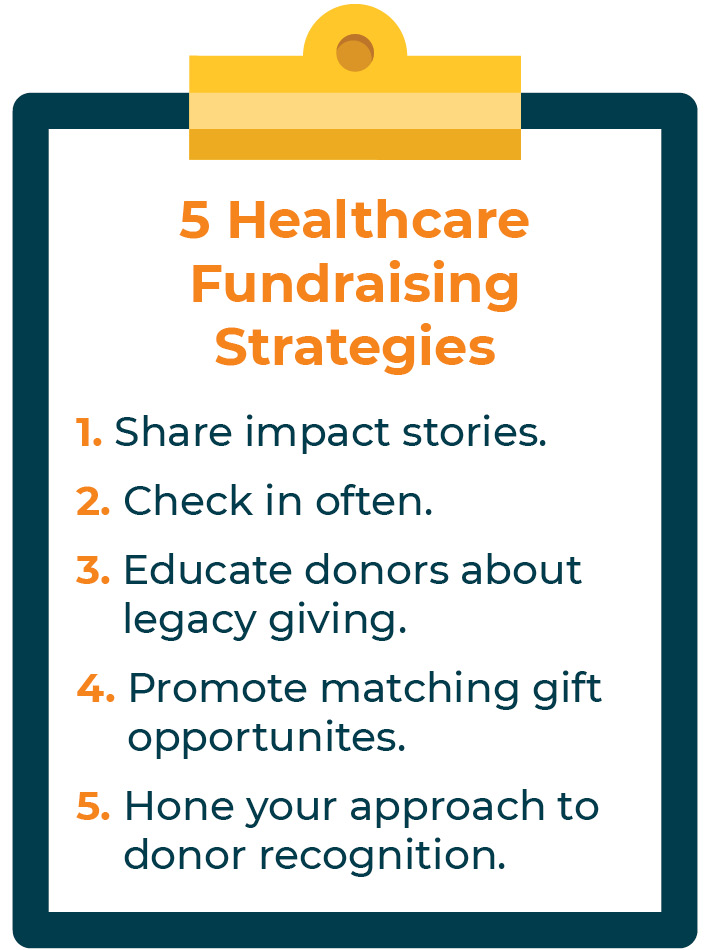Nonprofit Marketing: How to Construct a Powerful Brand and Rise Support
Nonprofit Marketing: How to Construct a Powerful Brand and Rise Support
Blog Article
The Function of Area Interaction in Nonprofit Fundraising: Structure Lasting Relationships for Lasting Support
Area interaction is progressively recognized as a vital element of successful nonprofit fundraising. The approaches and techniques employed to involve areas vary widely, elevating vital inquiries concerning efficiency and influence.
Recognizing Area Involvement
Community interaction is a vital part of successful nonprofit fundraising efforts. Nonprofits should recognize key stakeholders-- such as neighborhood members, regional services, and other organizations-- to develop effective interaction methods.
Effective area involvement is asserted on energetic listening and responsiveness to the needs and passions of the area. This procedure includes getting responses, recognizing area characteristics, and making sure that the company's goal straightens with regional priorities. Engaging the community can take numerous types, consisting of public meetings, volunteer possibilities, and partnership campaigns, each created to urge involvement and financial investment in the company's objectives.
Additionally, area interaction should be come close to as an ongoing discussion as opposed to an one-time effort. By fostering an inclusive setting where neighborhood voices are listened to and valued, nonprofits can develop a solid structure for future fundraising undertakings. Eventually, a deep understanding of community involvement equips companies to develop genuine connections that improve their overall efficiency and sustainability.
Advantages of Solid Relationships
Solid partnerships created with area engagement yield numerous advantages for nonprofit fundraising efforts. Primarily, these connections foster trust and credibility, necessary parts in encouraging donors to add. When potential advocates see a not-for-profit proactively associated with their community, they are more probable to think in its objective and effect.

Moreover, these relationships facilitate effective communication. Nonprofits can utilize their links to share tales of effect, updates, and requires, guaranteeing that advocates remain informed and engaged. This open line of communication not just strengthens bonds yet also encourages referral promo, increasing the not-for-profit's reach.
Last but not least, solid area connections can bring in brand-new partners and enrollers. People and organizations are much more inclined to align with organizations that demonstrate significant neighborhood involvement, providing extra resources and support that can substantially boost fundraising capabilities. Therefore, growing durable relationships with area interaction is essential to a nonprofit's long-lasting fundraising success.
Approaches for Efficient Involvement
Just how can nonprofits effectively engage their areas to improve fundraising initiatives? Establishing targeted approaches is crucial for fostering purposeful links. Initially, leveraging social media platforms makes it possible for organizations to share their mission dynamically and interactively, reaching a broader audience. Routine updates, engaging material, and calls-to-action can galvanize neighborhood passion and participation.
2nd, organizing neighborhood events, such as his comment is here workshops, volunteer possibilities, or fundraising drives, facilitates face-to-face communication, permitting nonprofits to showcase their influence and efforts. These events not just raise funds however also grow relationships and allow neighborhood participants to engage directly with the reason.
Third, carrying out tailored interaction methods can boost involvement. Tailoring messages to details donor segments based on rate of interests and previous payments cultivates a feeling of belonging and investment in the company's objective.
Finally, developing collaborations with neighborhood businesses and neighborhood leaders can amplify outreach initiatives. Joint efforts can boost presence and reputation, showing a collective commitment to the community's well-being. By integrating these strategies, nonprofits can develop enduring relationships that improve fundraising initiatives and drive sustainable support.
Determining Involvement Success
While involving the area is important for effective not-for-profit fundraising, determining the performance of these engagement initiatives is equally important. Establishing clear metrics allows companies to evaluate how well they are getting in touch with their audience and accomplishing their fundraising objectives. Key performance indications (KPIs) such as donor retention prices, volunteer participation degrees, and interaction on social media sites platforms supply substantial information for evaluation.

On a regular basis assessing these metrics enables companies to pivot their techniques when necessary, guaranteeing that neighborhood involvement continues to be straightened with their overall objective. Furthermore, sharing these results with stakeholders fosters transparency and like this builds count on, urging additional neighborhood participation. Inevitably, a robust measurement framework not just notifies future fundraising initiatives yet likewise enhances the relationship in between the nonprofit and its advocates, preparing for sustainable success.
Study in Community Effect
Numerous study highlight the profound impact that area engagement can have on nonprofit fundraising success. One noteworthy example is the "Something to chew on" effort, where a regional food bank partnered with companies and institutions to host neighborhood dinners. These events not just elevated funds however additionally fostered a feeling of belonging among participants, substantially raising contributor retention prices.
An additional engaging situation is the "Eco-friendly Spaces Project," which entailed neighborhood citizens in the revitalization of city parks. This effort not only gathered financial support from regional companies however likewise cultivated a volunteer base that contributed to continuous maintenance and shows. The sense of possession and pride amongst neighborhood participants equated into sustained contributions.
In the world of arts, the "Art for All" project efficiently engaged neighborhood musicians and clients to develop collective art setups, causing boosted presence and donations for a neighborhood arts not-for-profit.
These instances highlight that when nonprofits prioritize neighborhood participation, they can develop lasting connections that improve fundraising initiatives, making certain sustainable support and promoting a lively area society. Such instances show that area involvement is not just a technique but a vital column of nonprofit success.
Verdict
In final thought, neighborhood involvement is essential to the success of not-for-profit fundraising efforts. By cultivating solid connections with neighborhood stakeholders, companies enhance trust and credibility, resulting in enhanced donor retention and commitment. Executing efficient engagement methods and measuring their effect guarantees that nonprofits can adjust and flourish. Eventually, a durable foundation of neighborhood support not only amplifies fundraising potential however also cultivates a society of cooperation, essential for achieving long-lasting organizational objectives and maintaining meaningful influence.
Nonprofits should determine key stakeholders-- such as community participants, neighborhood companies, and various other organizations-- to develop reliable involvement strategies.

In verdict, area involvement is indispensable to the success of nonprofit fundraising initiatives.
Report this page